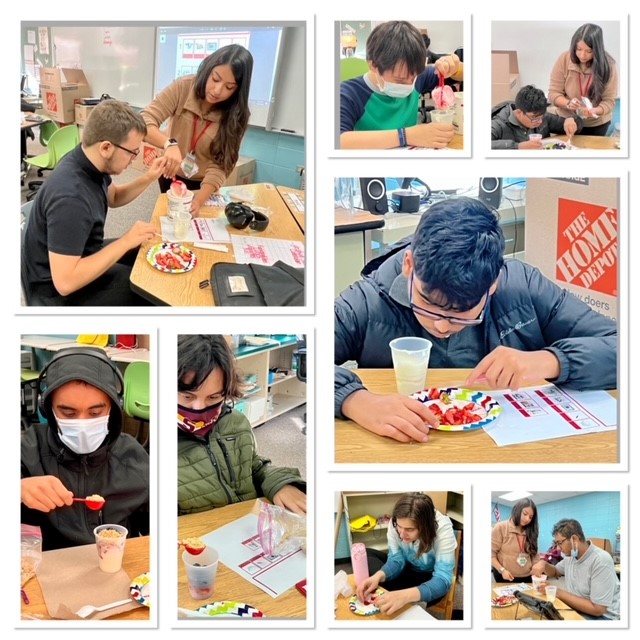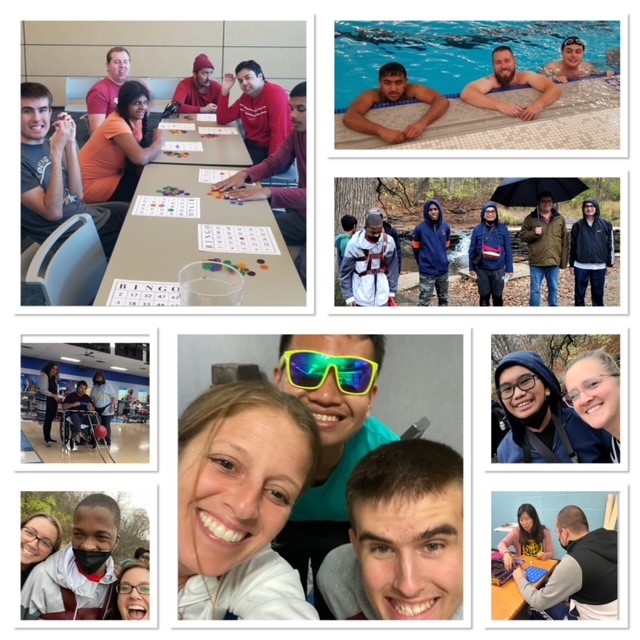- STEPS
- Overview
-
Guiding Principles
- Vocational skills development in integrated, employer paid, community-based training experiences utilizing on-the-job evaluation, on-the-job training and job coaching which may extend beyond hours of a school day.
- Training experiences for students in integrated community-based training/work sites.
- Customized services that are responsive to the individual support needs and learning styles of students and include linkages to education, other agencies and adult services.
- Compliance with all state and federal Department of Labor (DOL) regulations. Compliance information for state and federal labor regulations may be found at www.state.il.us/agency/idol and at www.dol.gov.


-
Program Components & Definitions (Click for Dropdown)
Pre-Employment Transition Services, (PETS)
Job Exploration Counseling: Classroom instruction usually conducted within the school setting that includes, but is not limited to, career exploration, job seeking skills, job placement skills, resume writing and job applications, interviewing skills or vocational training classes.
Job Shadowing: A method of learning about a job by spending time with a person who is working in that career. Students learn the realities of a job by walking through the day as a shadow of a competent worker. Provides opportunities for students to see if he/she has the ability to perform essential job functions with or without accommodation, to ask questions, to observe some job tasks, and to evaluate whether he/she likes the job based on first-hand observations.
Workplace Readiness Training: Classroom or community-based instruction beyond that received in a Work Related Class. Typically provides training in skill areas other than vocational development that students will need to function independently within the community. Skill areas may include, but are not limited to, use of public transportation, meal preparation, money management, household management.
Self Advocacy: “Knowing your basic human rights, standing up for your rights, taking responsibility for your life and asking for help because you want it or need it.” Problem-solving, communication, decision-making and assertiveness skills are all a part of self –advocacy. These skills are incorporated into all life settings: on the job, in schools, in the home and community and in social and interpersonal relationships
On-Campus OJE/OJT: Experience in any school setting, closely supervised. Often a student’s first training experience, used to identify vocational strengths, and to develop appropriate work behaviors and skills in preparation for community placements.
Community On-The-Job Evaluation/Training (OJE/OJT): A training experience to evaluate student’s aptitudes and abilities, work speed, work skills, ability to learn, quality of work performed and work behaviors. Used to develop basic job skills that would lead to employment and is utilized until the student is able to perform most or all of the job required job tasks in a timely manner.
Employer Paid: Work experience that is competitive, integrated and fully employer funded with no subsidy from any source.
Counseling on Post-Secondary Education: Counseling on opportunities for enrollment in comprehensive transition or post-secondary education programs at institutions of higher education.
Job Coaching: On-the-job support provided by school personnel to ensure that students with severe disabilities have access to paid, competitive, integrated training experiences in the community with the opportunity to promote development of natural supports.
Work Based Learning Experience: Work-based learning experiences, which may include in-school or after school opportunities, or experience outside the traditional school setting (including internships), that is provide in an integrated environment to the maximum extent possible. For the following:
- On Campus OJE-OJT
- Community OJE-OJT
- Job Coaching
- Employer Paid Work
Transition Students (from School to Work): A Student in their final year of High School transitioning from school to work.
Students can be served by both the school and a community rehabilitation provider during their final year per counselor’s approval. Students can only appear on one group billing at a time. Students must first be removed from the school STEP Work Verification Sheet before they can be reported on the Community Rehabilitation Program (CRP) Group Billing. Students should remain on the STEP Flow Chart. An Individualized Plan for Employment (IPE) and Notification of Services (NOS) are required prior to CRP services being initiated.

